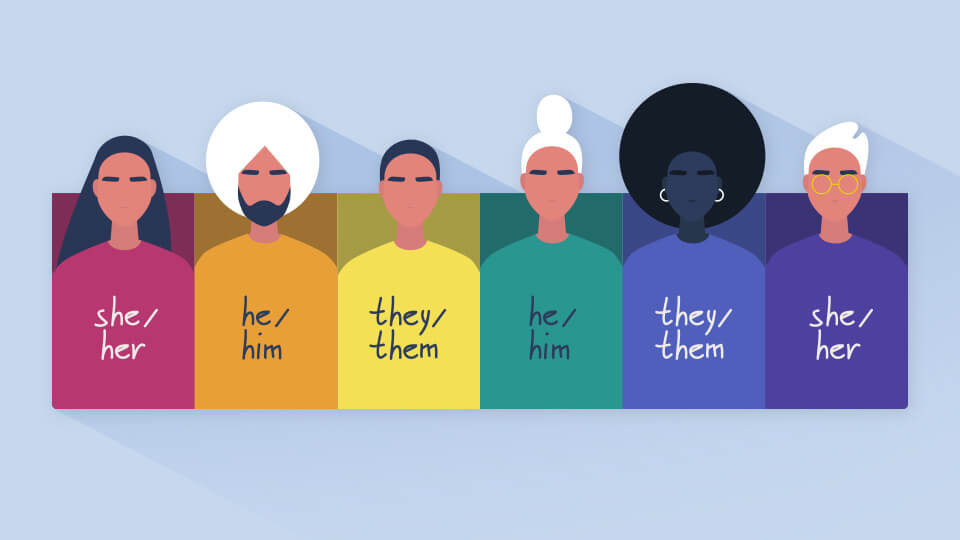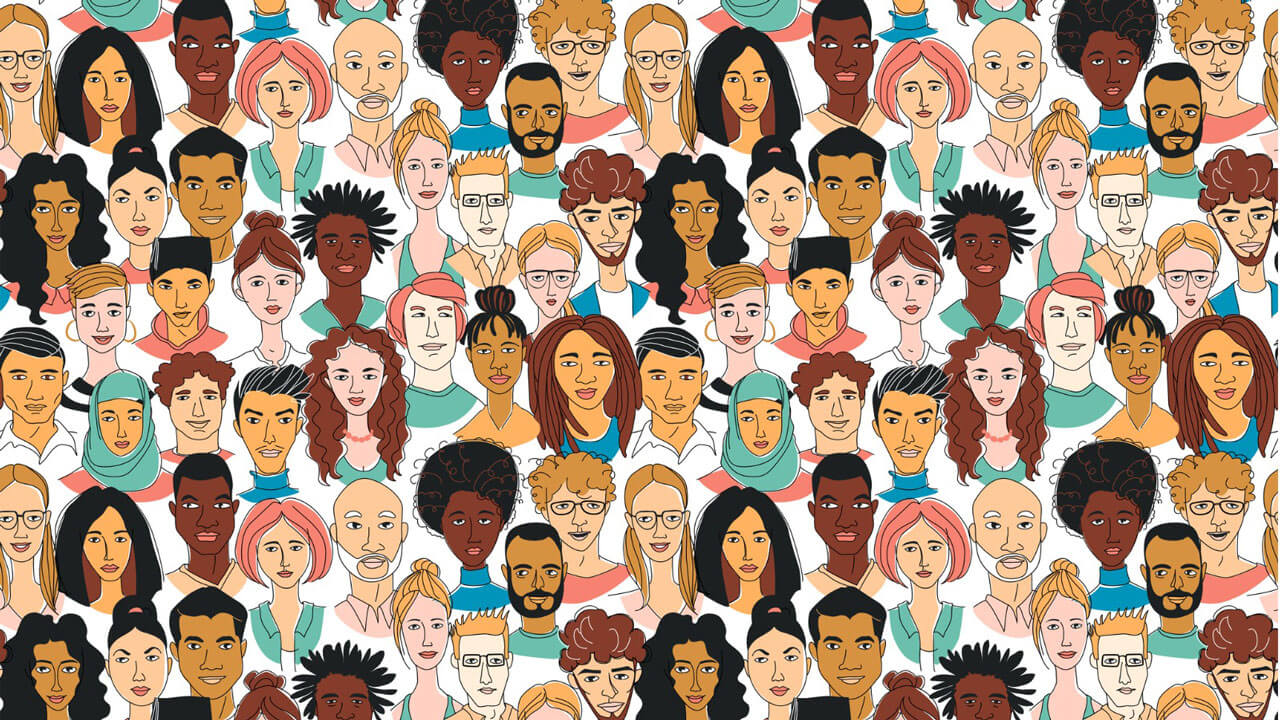Adopt a mobile-first mentality. Being truly mobile-first includes embracing content that’s vertical-centric, which is often not our default as marketers. Consider Snapchat with its Snap Originals, an early pioneer of vertical.
Some agencies even report that 90% of the videos viewed vertically have higher completion rates. And less than 30% of users will turn their phones sideways to watch an ad, which means your ad spend isn’t working as hard for you as it could be.
Gamify the consumer experience. Second only to streaming, gaming has been shown to be a top interest for Generation Z, meaning there’s an incredible opportunity to use elements from the gaming world in your go-to marketing strategies.
Look at what retailers have done of late, and consider taking note. Fashion brands from Burberry to Fendi and Gucci have released mobile-friendly games in an effort to draw younger customers.
TikTok is a “serious” platform. Having recently made the jump from just another platform to a “platform to watch,” TikTok is building on this momentum to rebrand and appeal to a wider audience among U.S. consumers. It would be nonsensical to ignore the potential power of 500 million active monthly users. Even older celebrities like Mariah Carey have embraced it in an effort to connect with younger audiences.
AI keeps taking over. From chatbots to Netflix recommendations, AI is here to stay, thanks to its ability to find patterns in insurmountable amounts of data and behaviors. That means it’s quickly becoming integral in nearly every field from medicine to marketing, with global brands like Unilever taking note of the latter.
And what’s more, we’re not nearly as afraid of it as we thought we would be. Robots haven’t taken over, but simple features like the AI-empowered Fitbit are helping us make the most of our day-to-day lives.
CGI virtual influencers are becoming the norm. Last year, we saw computer-generated influencers like Lil Miquela jump to fame. From KFC to Samsung, brands are partnering or even creating their own virtual influencers to catch eyes and drive sales.
These figures suggest the onset of a new form of storytelling that the average social media consumer can perhaps more readily relate to, given that the lines of reality and the Internet continue to meld.
More authentic, less edited social media. We are slowly but surely shifting from the selfie to the self—with younger consumers of social media favoring platforms presenting unedited versions of themselves. TikTok and Snapchat have minimal editing and the content produced emphasizes who you are, not necessarily who you wish to be seen as.
It’s an ideal that matters and we, as marketers, can help — by emphasizing genuine authenticity, rather than manufactured or manipulated identities.







